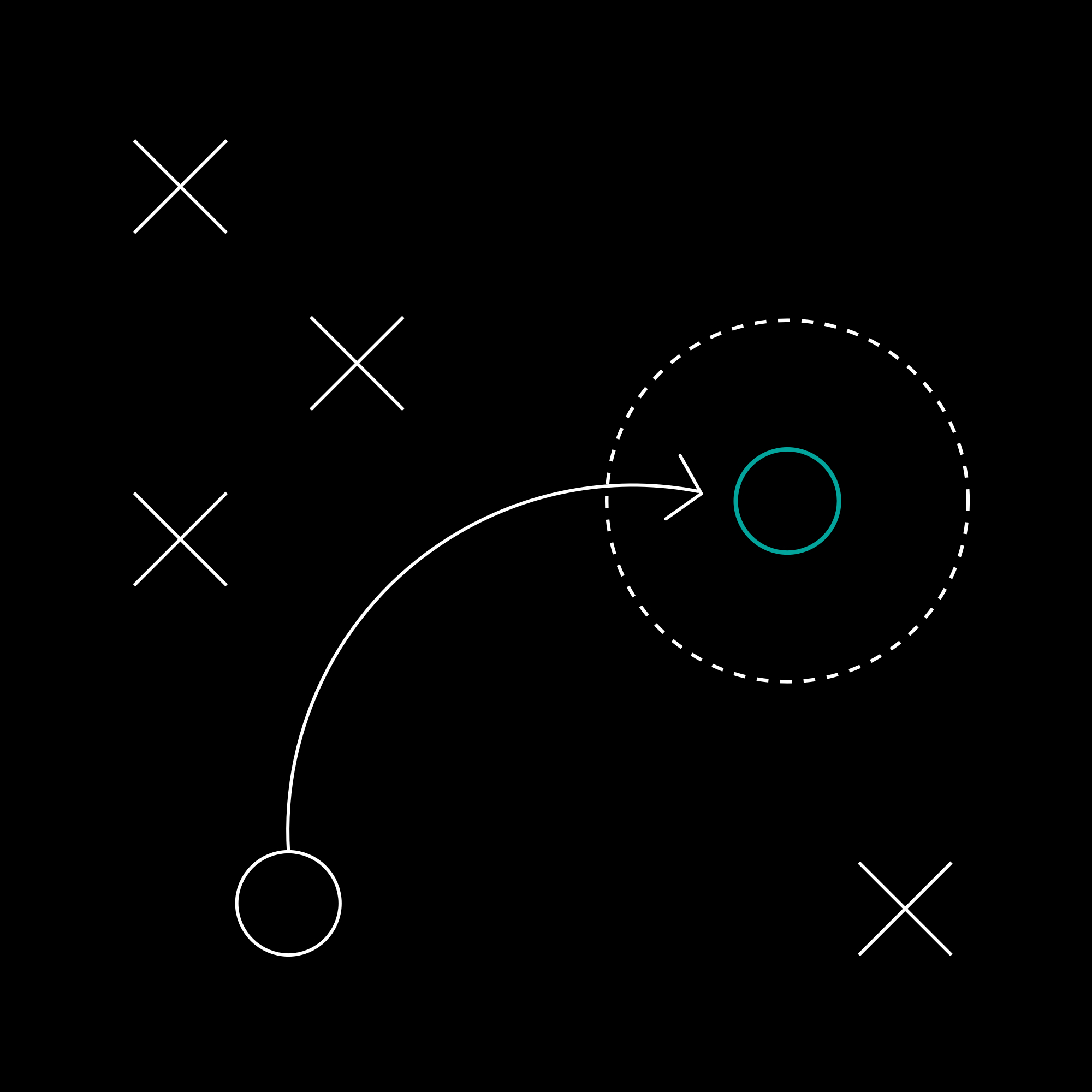FAQs
What are the steps involved in life cycle assessment?
EXPLORE MORE FAQsLearn about the LCA steps involved in conducting a Life Cycle Assessment, from defining the goal to interpreting results, and how they help measure environmental impact.
Ready to change sustainably?
Life Cycle Assessment (LCA) follows a structured methodology to assess environmental impact. The four main LCA steps are:
- Goal and scope definition: Establishing the purpose and boundaries of the assessment.
- Life Cycle Inventory (LCI): Collecting data on energy, materials, and emissions.
- Life Cycle Impact Assessment (LCIA): Evaluating environmental effects.
- Interpretation: Analysing results to inform sustainability decisions.
Why is defining the goal and scope important?
The first step in any LCA is setting clear objectives. Businesses must determine:
- What they want to assess (e.g., a product, process, or service).
- The system boundaries (e.g., cradle-to-gate vs. cradle-to-grave).
- The impact categories to evaluate (e.g., carbon footprint, water usage).
- This ensures the LCA is focused, relevant, and aligned with sustainability goals.
What happens during the Life Cycle Inventory (LCI) phase?
LCI is one of the most data-intensive LCA steps. It involves:
- Identifying all inputs (raw materials, energy consumption) and outputs (emissions, waste).
- Collecting data from suppliers, production facilities, and transportation networks.
- Creating a detailed inventory of environmental flows within the system.
- Accurate LCI data ensures reliable impact assessments and meaningful insights.
How does the Life Cycle Impact Assessment (LCIA) work?
LCIA translates LCI data into environmental impact metrics by:
- Categorising emissions (e.g., greenhouse gases contributing to global warming).
- Assigning impact scores based on scientific models.
- Aggregating results to highlight areas of high environmental burden.
- This phase provides a clear picture of where a product or process has the most significant environmental impact.
What is the purpose of the interpretation phase?
The final step in LCA is interpreting results to:
- Identify hotspots (e.g., the most impactful life cycle stages).
- Compare different scenarios to evaluate sustainability improvements.
- Communicate findings to stakeholders in an understandable format.
- By carefully analysing results, businesses can make data-driven decisions to reduce environmental impact.
How do LCA steps support sustainability strategies?
- Each phase of LCA contributes to better decision-making by:
- Highlighting opportunities for energy and material efficiency.
- Supporting product innovation with sustainable design insights.
- Helping businesses comply with environmental regulations.
- The LCA steps ensure companies take a holistic approach to sustainability.
Can LCA be customised for different industries?
Yes, LCA is flexible and can be adapted for various industries, including construction, manufacturing, and consumer goods. Companies can choose system boundaries and impact categories that best align with their sustainability goals.
How do businesses apply LCA results?
Organisations use LCA findings to:
- Optimise supply chains by selecting lower-impact materials.
- Develop Environmental Product Declarations (EPDs) for transparency.
- Support carbon reduction initiatives and circular economy strategies.
Are LCA results comparable across different studies?
LCA results can vary based on methodology, data sources, and system boundaries. Standardised frameworks like ISO 14040 ensure consistency, making it easier to compare assessments.
How can businesses get started with LCA?
Partnering with sustainability experts helps businesses navigate the LCA steps effectively. Whether assessing a single product or an entire supply chain, LCA provides actionable insights for long-term sustainability.
Need more guidance?
If you have additional questions about collecting and using carbon footprint data, our team at C6 ESG is here to help. We help Australian businesses reduce emissions and achieve their sustainability objectives. Contact us to book a half-hour discovery session to find out how we can help your business thrive in a net zero world.
Explore more FAQs on life cycle assessment
Ready to change sustainably?
Book a half-hour discovery session now to find out how we can help your business thrive in a net zero world.
Get Started
